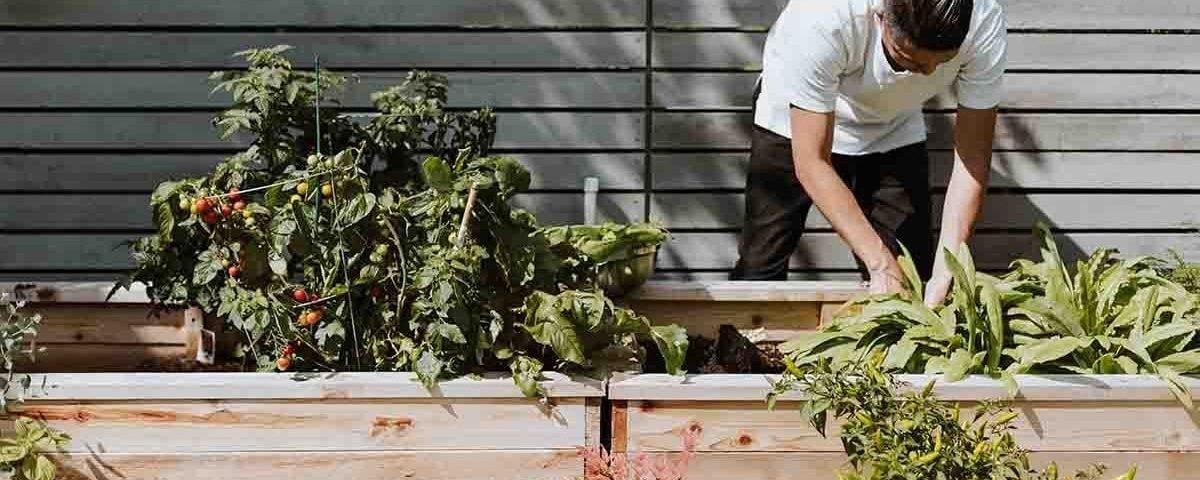
Having green spaces in cities offers countless advantages. It contributes to reducing the urban heat island effect, helps improve biodiversity, and improves citizens’ mood and health.
In order to surround themselves with nature, many choose to fill their balconies and rooftops with plants. Some even try to create their own urban gardens. This also provides them with zero-kilometer food throughout the year and allows them to enjoy a hobby as interesting and entertaining as gardening.
We’re going to tell you how you can get the most out of your terrace and start growing your own vegetables, fruits, and aromatic plants.
The first step: know your space
Agricultural crops generally need many hours of light. Therefore, it’s ideal for them to face south, southeast, or southwest. It’s least recommendable for them to face north since that direction receives the least hours of light per day. However, this does not mean that you can’t use a north-facing balcony to create an urban garden. You just have to choose crops that require fewer hours of light.
It’s also important to remember that some plants actually don’t do well at all when they receive too much direct sunlight, especially during the summer months. There are a few tricks for protecting plants from heat and sunlight, such as covering pots or raising containers off of the ground.
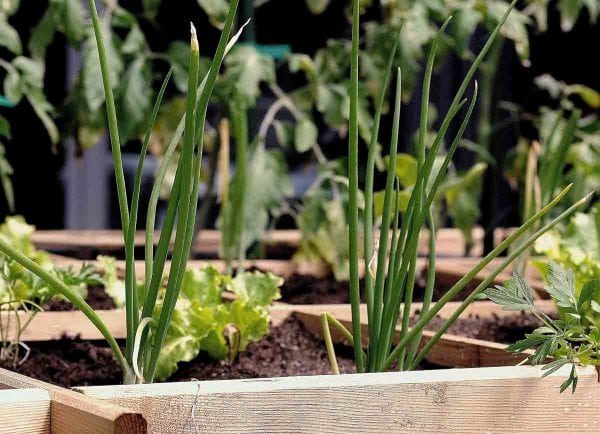
Garden with different plants in wooden planters. Elisa Calvet B. (Unsplash)
With practice – and observation – it’s easy to learn spaces inside and out and take advantage of their little microclimates. Throughout the year, the way that light falls changes, so you can modify the distribution to take advantage of the brightest and darkest spaces. One good tip is to place taller plants to the north so they don’t block light from the shorter ones.
The space also determines the number of plants and the type of garden that can be set up. Pots and vertical gardens are ideal for very small balconies. In larger areas like terraces or roofs, you can also opt for planters or cultivation tables.
The most important part: choosing the plants
Choosing the right plants depends on many different factors. First of all is the space available. Second, the climate and time of year when they’re first planted. And last but not least, your individual tastes.
Plantea en verde offers a simple guide on which plants can be planted in each season:
- In spring: tomatoes, peppers, strawberries, and eggplants. If you want to start from seed, basil, cilantro, spinach, lettuce, beans, radishes, and beets are all good options.
- In summer: beans, radishes, beets, and corn grow well. From seed, you have basil and lettuce. Until July, you can plant tomatoes, peppers, strawberries, and eggplants from seed.
- In fall: it’s best to plant everything from seed during this season. Cilantro, spinach, lettuce, beans, peas, broad beans, chard, radishes, beets, and arugula are good.
- Winter: you can plant lettuce, spinach, peas, parsley, radishes, beets, arugula, and chard. Plantea en verde recommends that, in the coldest regions (where temperatures usually drop below five degrees), these crops should be started with plants, not from seed.
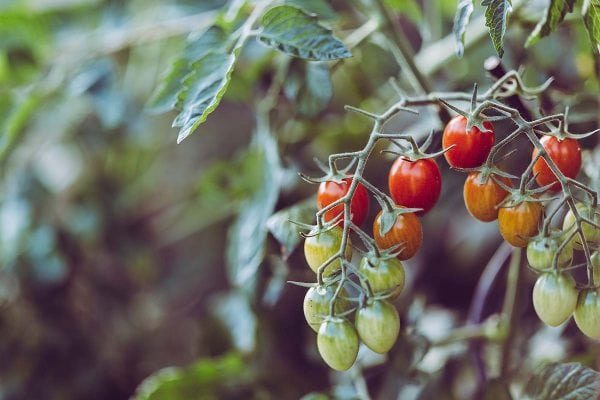
Tomato plant with several fruits ripening. Markus Spiske (Unsplash)
In addition to these vegetables, you may also go with aromatic plants like mint, parsley, rosemary, and basil. These are good options for spots with very little space, and they offer a wide range of possibilities when cooking. Decorative plants, on the other hand, help create an ecosystem on terraces, particularly if they flower.
Materials list
One thing’s for certain: it doesn’t take much to set up a small garden at home. You simply need to start with some soil, seeds or plants, and containers. That’s it. Later on, fertilizers, pest-control products, a few tools, and, for large gardens or those in very hot areas, irrigation systems may be needed.
Choosing the materials containers are made of is an important step. The most durable options that are recommendable for plants to grow healthily and strong are wood and clay. Both are porous, so they let the soil breathe and maintain a suitable temperature. Plastic options are cheaper, but they can end up breaking if they get a lot of direct sunlight. Metallic ones are the least recommendable since they heat up and cool down very quickly.
When choosing pots, it’s important to make sure that they have drainage. A rookie mistake is to choose a decorative type that doesn’t have holes in the bottom. You also have to consider size, especially for plants with deep roots. While aromatics can be planted in small pots, others such as pepper plants, beans, tomatoes, or peas need larger ones – ideally, at least a 16-liter capacity.
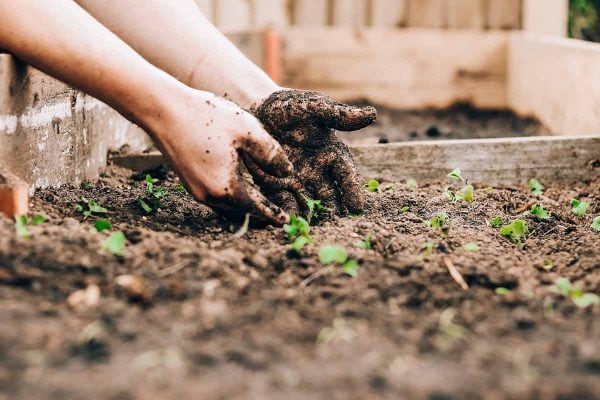
Person working on a cultivation table. Sandie Clarke (Unsplash)
According to Marta Rosique from Plantea en verde, the substrate is one of the most important factors to guaranteeing a garden’s success. “It’s a cheap product in general, so it’s worth it to spend a couple more euros for a good-quality one. The difference is noticeable; many cheap substrates need a lot of attention and often need to have fertilizer added in,” she explains.
Let’s get to work
Once you have all the materials needed and an idea of the type of garden you want to set up, it’s time to start planting and caring for the plants. The easiest thing, especially for beginners, is to start with crops that don’t need a lot of work, are easy to maintain, and bear a lot of fruit, such as tomatoes, strawberries, and peppers. They make it easier to stay motivated.
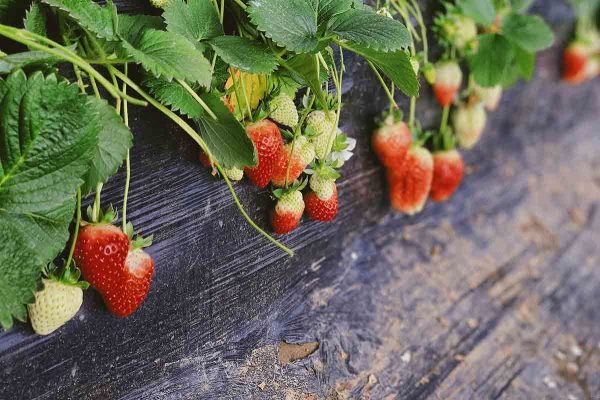
Plants with strawberries. Jeeray TANG (Unsplash)
Over time and with a lot of observation and dedication, you can learn each plant’s particularities and needs, and you can keep up a good urban garden to enjoy your new hobby, have a balcony brimming with life, and enjoy healthy, seasonal foods.





There are no comments yet